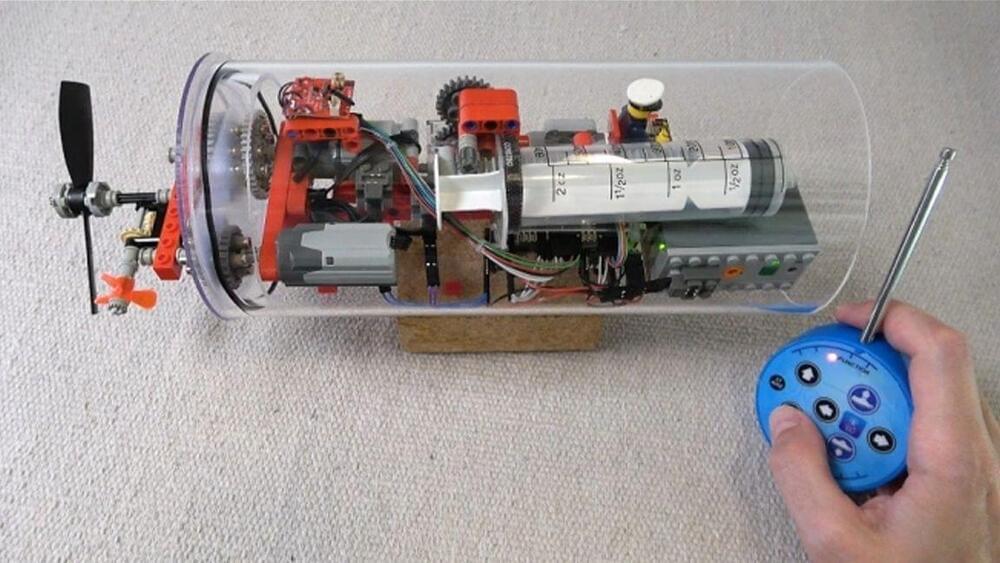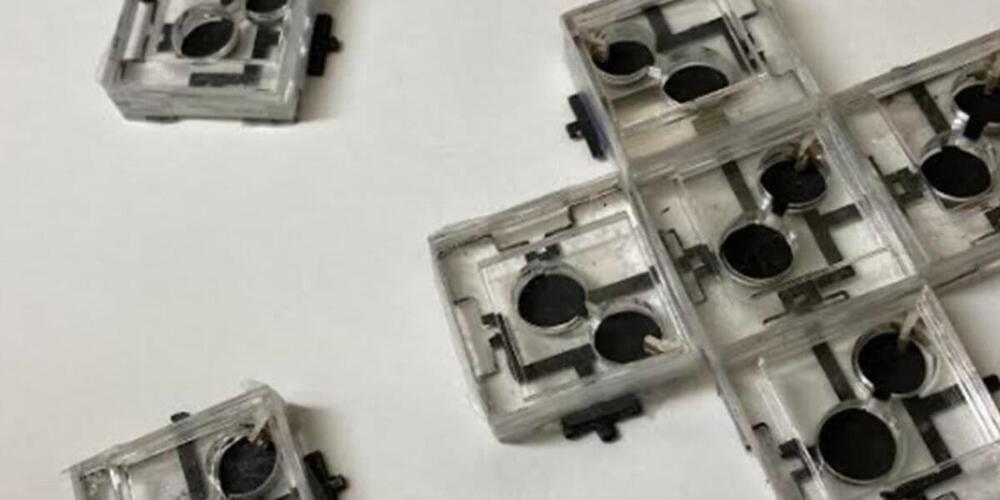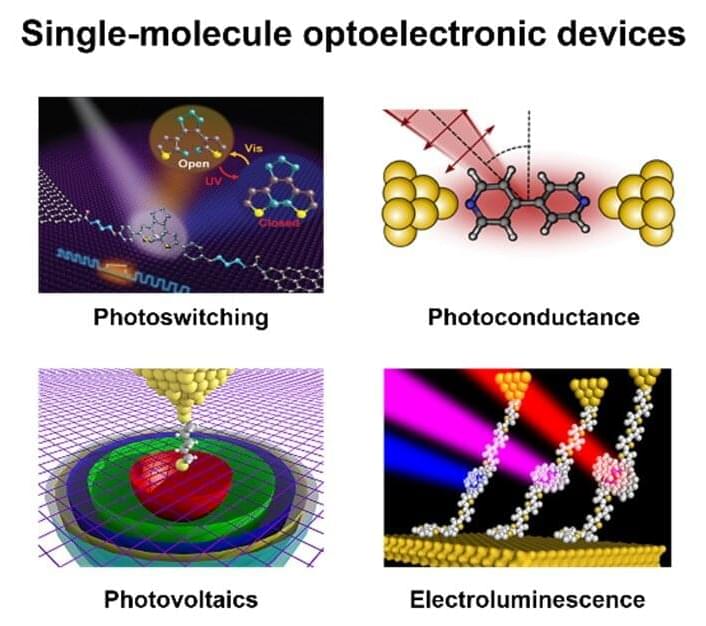Jul 26, 2022
Raspberry Pi Zero 2 W Lego-Powered Submarine Makes a Splash
Posted by Jose Ruben Rodriguez Fuentes in categories: drones, electronics
BEC was kind enough to share a parts list of everything used to create this project. It’s operated primarily by a Raspberry Pi Zero 2 W, with most components housed neatly inside an acrylic cylinder. It’s driven by a drone propeller alongside a couple of Pololu 2,130 DRV8833 Dual H-bridge motor drivers. The sensors include both a pressure sensor and a distance sensor, while a Lego Rechargeable 9V Battery Box supplies the power with the assistance of a Pololu 2,123 S7V8F5 5V voltage regulator.
The Raspberry Pi runs Raspberry Pi OS, while the code used to operate the submarine functions is handled using a custom Python script. BEC explains that Thonny was used to run the Python code, which is open-source and available for anyone to explore.
Continue reading “Raspberry Pi Zero 2 W Lego-Powered Submarine Makes a Splash” »


















